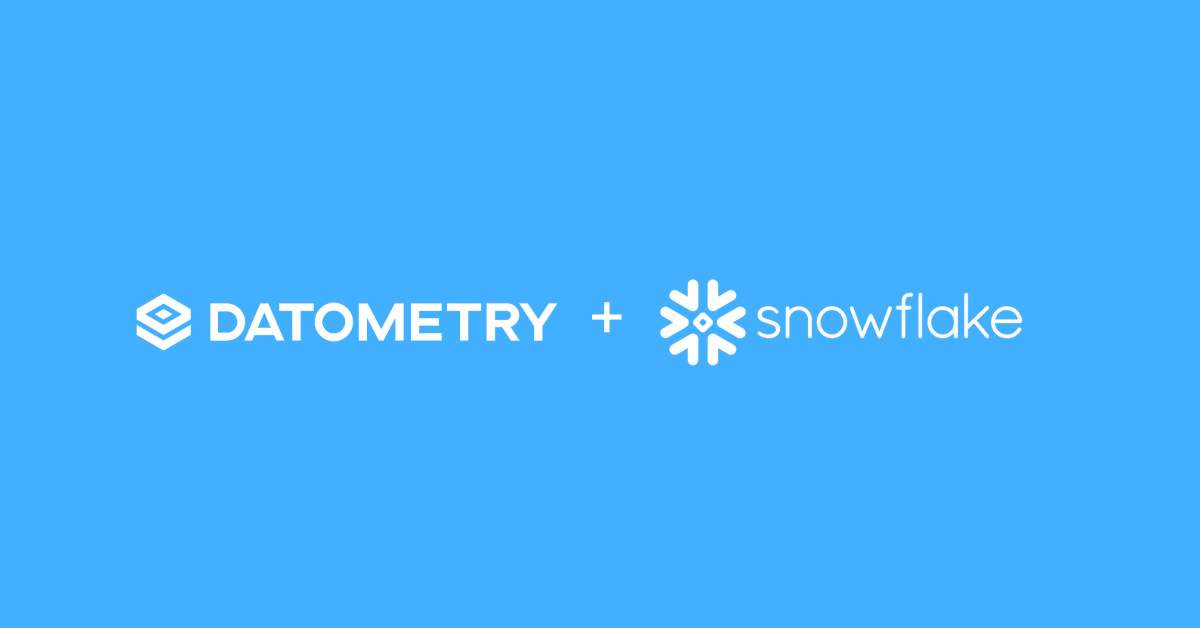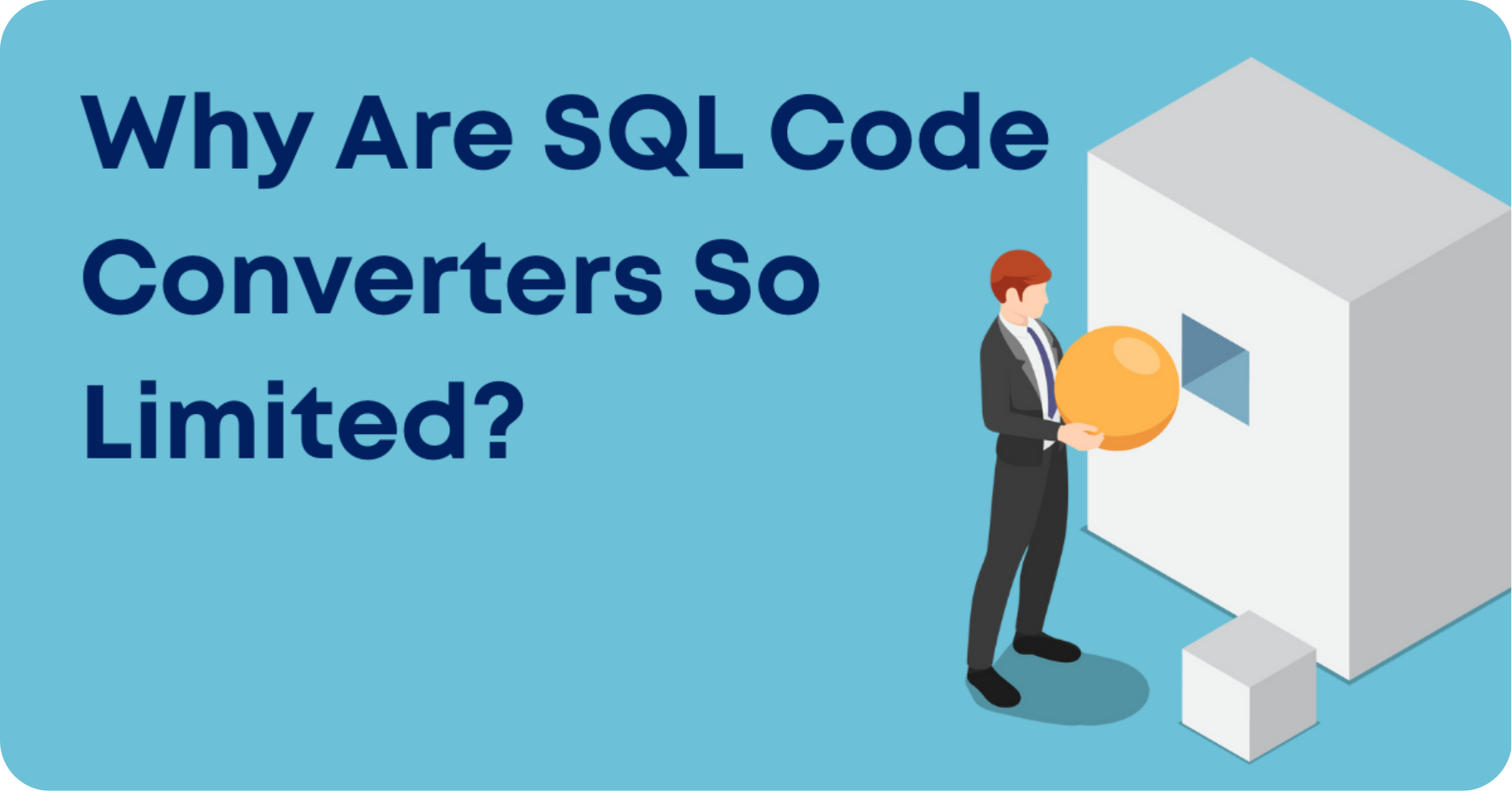Is it time to replace your legacy data warehouse with modern technology? The push of enterprises worldwide to become cloud-native is the primary catalyst to switch databases. Yet, database migrations have become known as the bane of the industry. So, it is no surprise that IT leaders are holding back.
Database virtualization may just be the solution to this vexing problem. It is already making waves as major enterprises are replacing legacy on-prem systems with cloud data warehouses. But it is perhaps the attention of Hyperscalers that has put this technology on the map.
So how does one switch databases without a database migration? In the following, we take a look at database virtualization in practice. How to select workloads and strategy, and what are the critical steps during implementation?
What is database virtualization anyway?
Database virtualization is bringing the principle of virtualization to databases. By inserting a powerful abstraction, applications are decoupled from the database. That is, the applications can be moved to a new database—without having to change their SQL or APIs.
This way, databases become effectively interchangeable. Business users no longer need to know what database powers the IT stack. Instead, virtualization provides them with the SQL and APIs of different databases. While the concept is rather intuitive, its underpinnings are technically quite challenging, as one might imagine.
Database virtualization will probably become a platform rich in functionality similar to server or storage virtualization. However, for the time being, its primary application scenario is database migrations. More specifically, database virtualization accelerates cloud adoption. Continue Reading
About Mike Waas, CEO Datometry
Mike Waas founded Datometry with the vision of redefining enterprise data management. In the past, Mike held key engineering positions at Microsoft, Amazon, Greenplum, EMC, and Pivotal. He earned an M.S. in Computer Science from the University of Passau, Germany, and a Ph.D. in Computer Science from the University of Amsterdam, The Netherlands. Mike has co-authored over 35 peer-reviewed publications and has 20+ patents on data management to his name.


